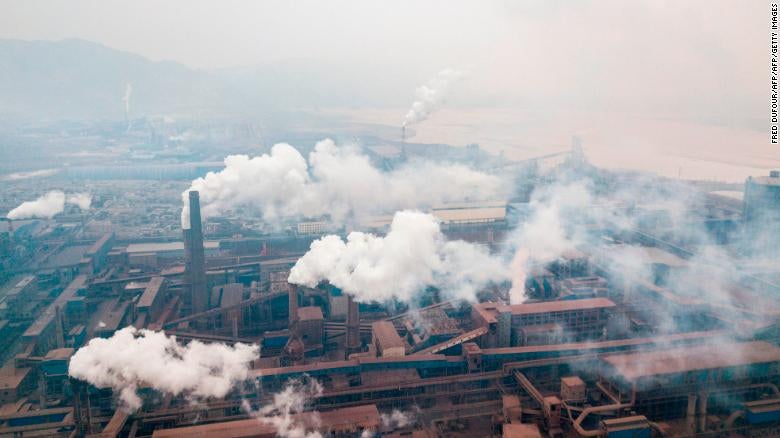Regulatory and Legal Actions
Air pollution regulation around the world
Air pollution is not only detrimental to human health; it is also a burden on economies worldwide. To control it, countries create national air quality laws to reduce emissions. Regulations set health standards with targets for specific pollutants that industries and governments must meet. In the United States, for example, these standards are regulated under the federal Clean Air Act, administered by the US Environmental Protection Agency (EPA).
-
According to the EPA, there has been an approximately 50% decline in emissions of key air pollutants since 1990. But there is much work to be done to ensure clean air and better health for all.
In 1987, the World Health Organization published its first air quality standards for particulate matter, ozone, nitrogen dioxide and sulfur dioxide, based on scientific evidence. The standards were updated in 2005, and are under review again in 2020. Many countries have adopted these standards for air pollution control, yet some developing countries have laws but no enforcement.
The 2019 UN Environment report found that despite a 38-fold increase in environmental laws enacted since 1972, fully implementing and enforcing these laws remains one of the greatest challenges to mitigating climate change and reducing pollution.
How air pollution laws and policies work
Local leaders rely on a variety of data-driven methods to reduce pollution in their communities.

According to the WHO, human activities that are major sources of outdoor air pollution include:
- Fuel combustion from motor vehicles (e.g. cars and heavy duty vehicles)
- Heat and power generation (e.g. oil and coal power plants and boilers)
- Industrial facilities (e.g. manufacturing factories, mines, and oil refineries)
- Municipal and agricultural waste sites and waste incineration/burning
- Residential cooking, heating, and lighting with polluting fuels.
Invisible air pollution from transport and industry must be measured to determine air quality. Governments use “best available technology” sensors to sample the air quality to determine levels of each pollutant in the air. When local pollution levels regularly exceed health-based standards, environmental agencies or air quality districts must find ways to reduce specific pollutants.
Policy solutions reduce pollution
A number of policy solutions—from regulatory to economic policy instruments to behavior change—are helping communities reduce pollution.
Economic instruments use market-based incentives by placing specific costs on releasing pollutants, making it less financially attractive to do so. These can take the form of tradable permits, fees, charges, taxes, tolls or refunds.
-
 Photo by Justin Sullivan/Getty Images
Photo by Justin Sullivan/Getty ImagesCombine Data, Policy and Education
Some cities, for example, charge drivers to bring cars into urban centers. London’s hallmark Ultra Low Emission Zone (ULEZ) charges older, more polluting vehicles to enter the city center. EDF’s analysis of Breathe London data found that the introduction of the ULEZ coincided with a significant drop in NO2 pollution, particularly at monitoring sites inside the zone near roads.
Other approaches include social marketing campaigns that galvanize campaigners to draw attention to air pollution through education about mass transit or vehicle maintenance.
Better data can help improve all of these approaches to improving air quality by showing local leaders, activists and residents not only where pollution is at its worst but also how effective individual policy solutions are at reducing it once they are underway.
-
Developing policy instruments and actions
EDF is developing policy models and decision-making tools for reducing air pollution and its impacts on health and the environment from stationary sources, transportation, land use and urban development, with a strong emphasis on equity.

Our clean air policy work is nurtured by EDF’s projects around the world, as well as by the knowledge and practice emerging from experiences at neighborhood, city, national and international scales. Working with partners, we are developing innovative approaches to maximize the potential of regulatory, economic, information and other instruments aimed to support the implementation of sound clean air strategies, in conjunction with the strengthening of both civil society and business sector engagement.
